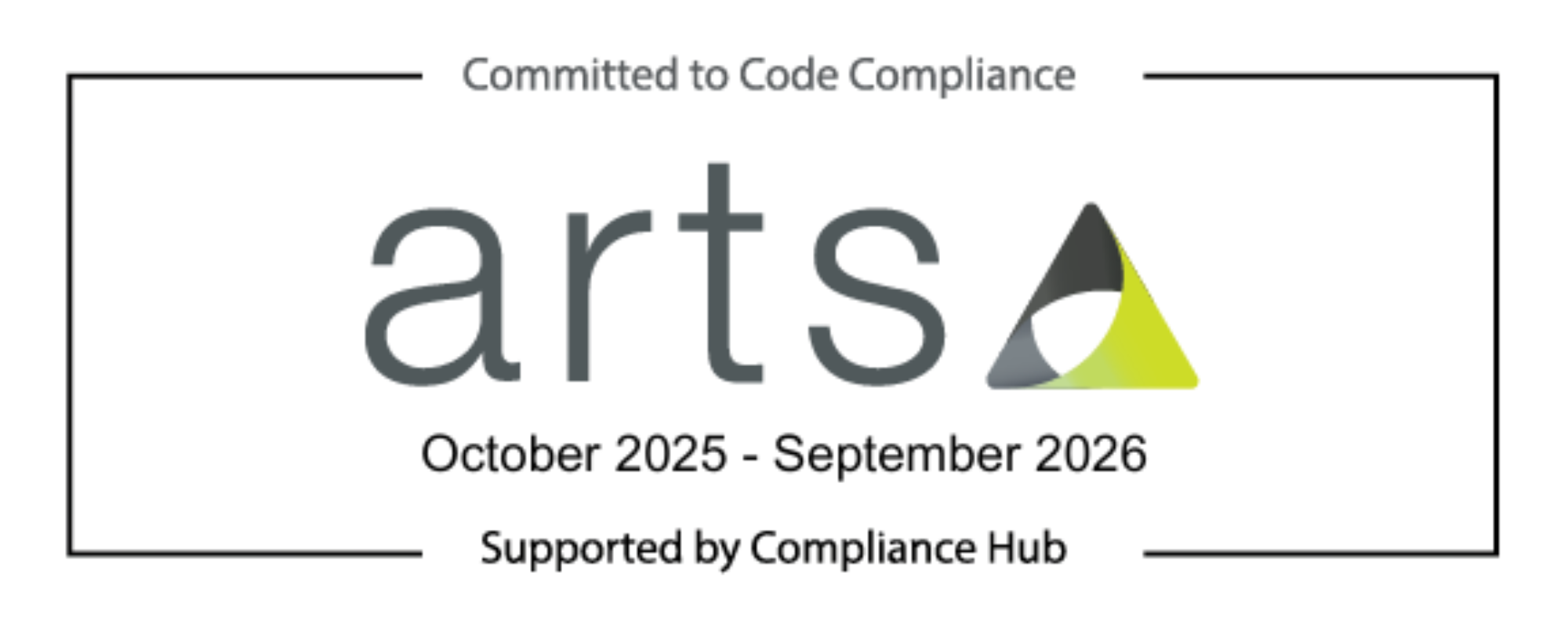The growing role for pharmacists and pharmacy technicians in general practice
The number of pharmacists working in general practice grew by 24.5% last year, according to NHS Digital primary care workforce data published in February.
In numbers, this equates to 6,874 full-time equivalent pharmacists working in general practice and PCNs in December 2023, compared to 5,522 general practice and PCN pharmacists. At the same time, the number of pharmacy technicians working in general practice and PCNs grew from 1,633 to 2,292 – a 40.4% increase from December 2022 to December 2023.
This increase can be traced back to the introduction of the ARRS (Additional Roles Reimbursement Scheme) introduced in 2019 as part of the government’s plan to improve access to general practice. The scheme allows PCNs to claim reimbursement for the salaries of 17 new (at the time) roles for the multidisciplinary team within general practice. This aimed to improve access to general practice and widen the range of services in primary care.
While ARRS funding is available for roles ranging from paramedics to physiotherapists, and from social prescribing link workers to podiatrists, in October last year it was shared that 46% of the funding (£387m of a total £839m) had been spent on the recruitment of clinical pharmacists between 2019 and 2022. This figure doesn’t include spending on advanced practitioner pharmacists or pharmacy technicians.
The amount spent is a source of contention in some parts of community pharmacy, but that doesn’t change the fact that on the ground pharmacy professionals working in primary care – whether that be in general practice or community pharmacy – are an important element of direct patient care. And the number of clinical pharmacists and pharmacy technicians working in general practice is likely to continue increasing, albeit perhaps not as steeply, given the NHS England workforce plan published in June 2023 stated NHSE would seek to extend the number of non-GP direct patient care staff by approximately 15, 000 by 2036/2037. The number as of October 2023 was 31,000.
The evolving roles of pharmacy professionals are a key part of the Clinical Pharmacy Congress programme. This year attendees will be able to explore what the next 25 years for primary care pharmacy might hold with the Primary Care Pharmacy Association, learn more about the evolving role of pharmacists in general practice, get best practice recommendations on developing and supporting pharmacists and pharmacy technicians across a GP Federation, and discover how to improve their T&Cs and protect their interests while working in a GP Practice with the PDA. Additionally, there will be a range of sessions and workshops to support with the clinical and examination skills required.
You can access the latest programme and start planning your visit here: https://www.pharmacycongress.co.uk/programme
Further reading:
https://www.pulsetoday.co.uk/pulse-pcn/almost-half-of-arrs-funding-spent-on-pharmacists/


 London
London


